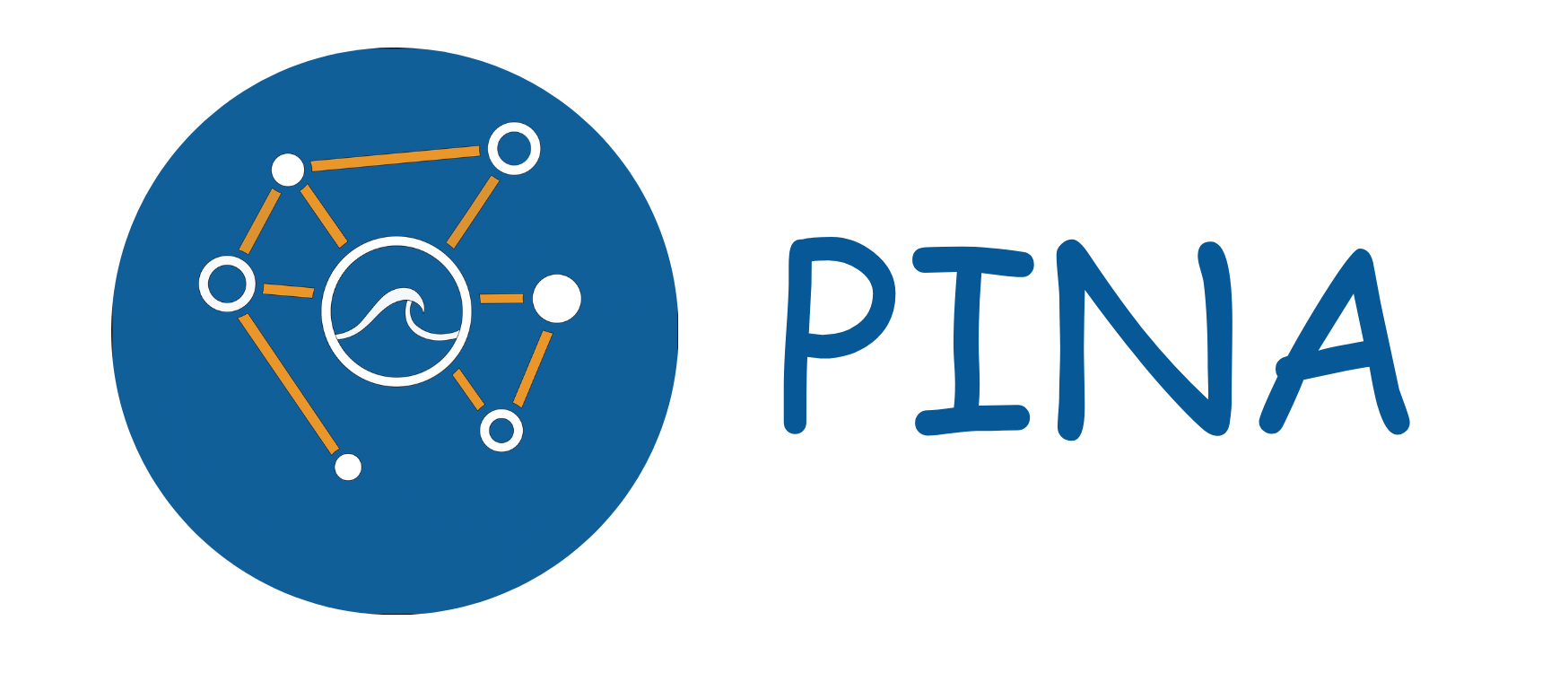Difference#
Module for the Difference Operation.
- class Difference(geometries)[source]#
Bases:
OperationInterfaceImplementation of the difference operation between of a list of domains.
Given two sets \(A\) and \(B\), define the difference of the two sets as:
\[A - B = \{x \mid x \in A \land x \not\in B\},\]where \(x\) is a point in \(\mathbb{R}^N\).
Initialization of the
Differenceclass.- Parameters:
geometries (list[DomainInterface]) – A list of instances of the
DomainInterfaceclass on which the difference operation is performed. The first domain in the list serves as the base from which points are sampled, while the remaining domains define the regions to be excluded from the base domain to compute the difference.- Example:
>>> # Create two ellipsoid domains >>> ellipsoid1 = EllipsoidDomain({'x': [-1, 1], 'y': [-1, 1]}) >>> ellipsoid2 = EllipsoidDomain({'x': [0, 2], 'y': [0, 2]}) >>> # Define the difference between the domains >>> difference = Difference([ellipsoid1, ellipsoid2])
- is_inside(point, check_border=False)[source]#
Check if a point is inside the resulting domain.
- Parameters:
point (LabelTensor) – Point to be checked.
check_border (bool) – If
True, the border is considered inside the domain. Default isFalse.
- Returns:
Trueif the point is inside the domain,Falseotherwise.- Return type:
- sample(n, mode='random', variables='all')[source]#
Sampling routine.
- Parameters:
- Raises:
NotImplementedError – If the sampling method is not implemented.
- Returns:
Sampled points.
- Return type:
- Example:
>>> # Create two Cartesian domains >>> cartesian1 = CartesianDomain({'x': [0, 2], 'y': [0, 2]}) >>> cartesian2 = CartesianDomain({'x': [1, 3], 'y': [1, 3]}) >>> # Define the difference between the domains >>> difference = Difference([cartesian1, cartesian2]) >>> # Sampling >>> difference.sample(n=5) LabelTensor([[0.8400, 0.9179], [0.9154, 0.5769], [1.7403, 0.4835], [0.9545, 1.2851], [1.3726, 0.9831]]) >>> len(difference.sample(n=5) 5
